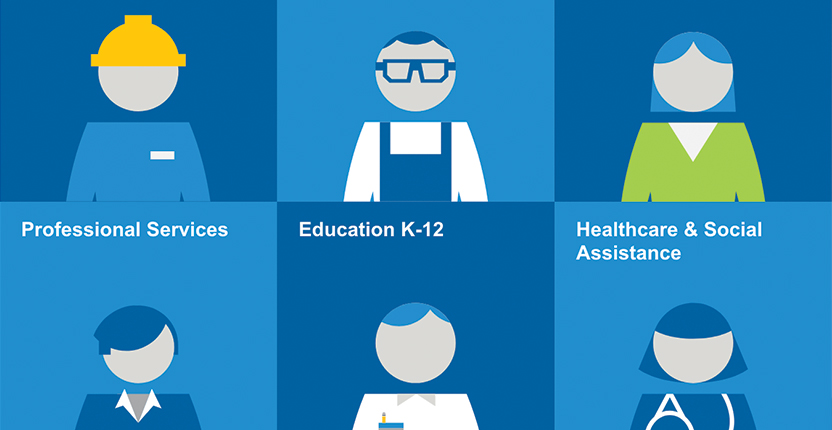What your employees want: choice, relevance and guidance
In today’s globally competitive, fast moving workplace, employees are looking to their employers for help in making decisions about benefits that affect many aspects of their lives—both on the job and at home.1
According to MetLife’s 14th Annual U.S. Employee Benefit Trends Study, 71% of employees consider work to be the foundation of their financial security net. Half of all employees strongly agree that the benefits they receive at work help them worry less about unexpected health and financial issues
With those kinds of expectations, HR managers have an excellent opportunity to create a partnership with employees that in turn also contributes to a strong workplace culture. In fact, MetLife’s research shows that 70% of employees believe that benefits that can be customized to meet their needs would increase their loyalty to their companies.
So what exactly do employees want?
A Variety of Options
Start with choice. More than ever, employees are looking at their non-medical benefits with a highly personal perspective to see how a benefit relates to a real life problem they may have. Since there are currently four generations in the workplace, it’s important to consider four perspectives. Millennials, for instance, are paying off substantial student loans, just starting their careers, and feel the most financially vulnerable. At the same time, Generation X has school-aged children and may also be caring for older parents.
According to MetLife’s Study,companies that offer 11 or more benefits find that 66% of employees recommend their employers as great places to work. By contrast, only 53% say the same thing about companies that offer fewer than five benefits.
Features That Fit
One size no longer fits all. Your employees want options that fit them specifically and make them feel valued by the organization. Features that reflect their day-to-day needs and interests are key here.
Baby Boomers, for example, are closest to retirement. A 401(k) or other retirement plan, dental insurance, and life insurance, in that order, are must-haves. However, 56% are worried about outliving their savings, the most of any demographic. That may be one reason more Boomers are coming out of retirement to re-enter the workforce. Generation X, 57% of whom have an annual personal income of less than $75,000,2 value the same benefits in the same order, but their reasons may differ slightly: they have to stretch their incomes the most compared to other age groups due to their responsibility for more dependents on average.
Products Based on Value
While cost is always a factor, when employees consider their benefits options, they also eye the value of the products they’re offered and how they benefit their lives.
Take accident and health coverage. These voluntary benefits may be extra attractive to the 53% of Baby Boomers who are very concerned about having enough money to cover unexpected out-of-pocket costs. Disability insurance fits Generation X, 60% of whom are concerned about having enough money to pay bills if someone in their households is no longer able to work due to a disability or illness.
The Human Touch
Putting it all together, HR managers who engage with employees to understand their expectations and educate them on the value of products will increase participation.
It takes empathy: Employers demonstrate care towards their employees’ financial challenges by providing them with many options that offer fit and value.
It takes communication: Employers who know how employees prefer to learn about their options boost employee confidence that their best interests are being served. For instance, MetLife’s Study shows that 61% of all employees prefer a one-on-one consultation when learning about benefits.
Like any good partnership, when HR managers and employees are on the same page, everyone gains. In this case, it can lead to happier, healthier, and more loyal employees.


